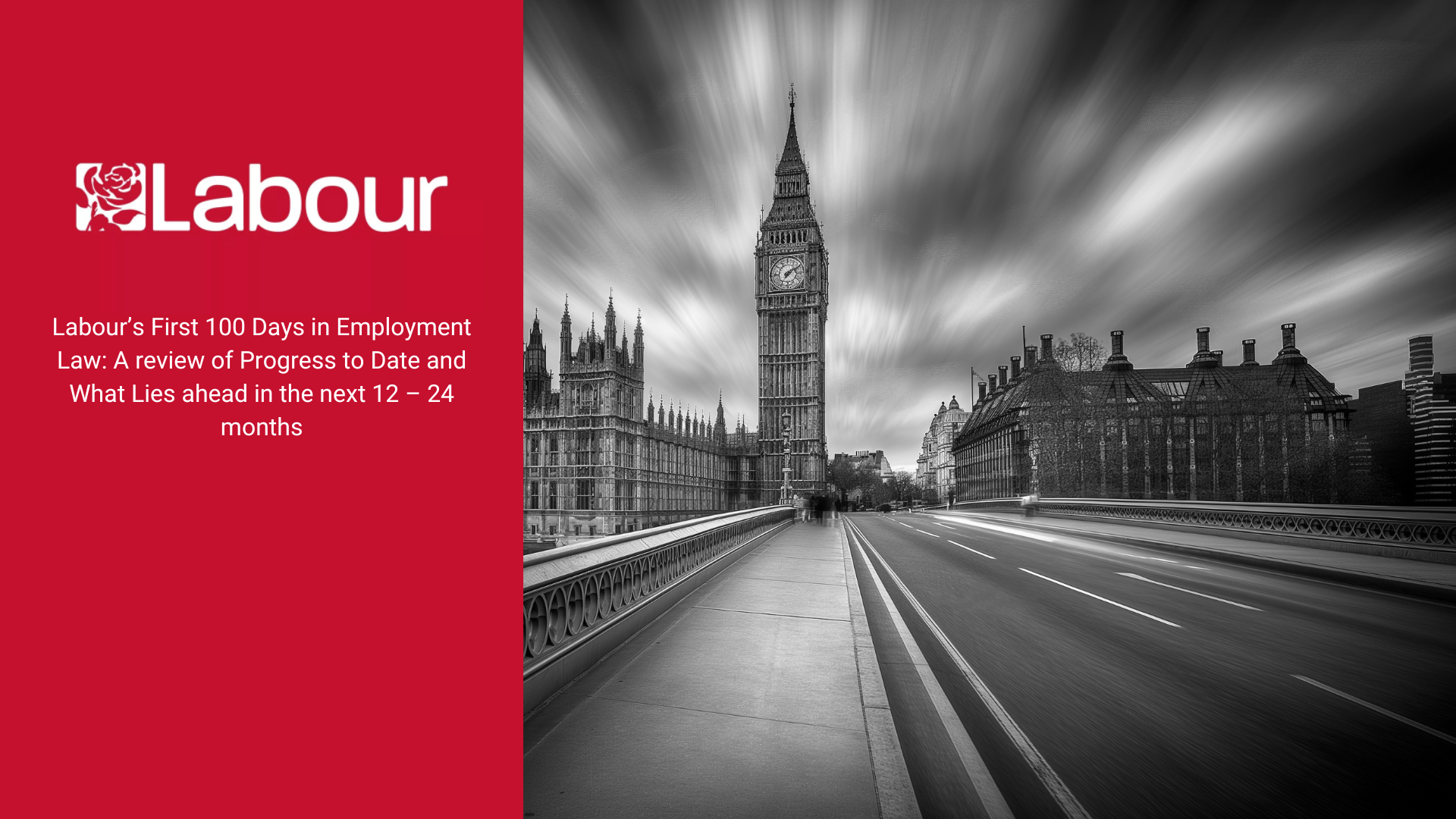Can you be fired while on furlough?
The Coronavirus Job Retention Scheme (CJRS), also known as ‘the furlough scheme’, has been extended until 30 September 2021. The amount of grant available to employers under the scheme will stay the same until 30 June 2021 and reduce thereafter. Yet despite this support, many businesses will struggle to survive. Cost cutting and redundancies are inevitable, leading to staff being fired.
What does it mean to be ‘fired’?
If you are fired, it means you have been dismissed. However, it may be for several different reasons, not just poor performance. For example, you can be dismissed (fired) when your employer needs to reduce the workforce through a round of redundancies
Can an employee be fired while on furlough?
Yes, if there is a strong business reason for doing so. However, an employer must follow the correct procedure otherwise it may amount to unfair dismissal.
How does the redundancy process work for furloughed employees?
Before making any redundancies, an employer must have a strong business reason for considering this option. They should also consider the impact of the support provided by the furlough scheme when making a decision.
The employer should also look at the other alternatives to redundancies, such as offering different roles to the affected employees.
Next, the employer should consult with the staff who may lose their jobs about the possible redundancies. A fair selection process and criteria must be used when deciding who may have to face redundancy.
If the employer has more than 19 redundancies under consideration, they must hold a ‘collective consultation’. Consideration will have to be given to the practicalities of holding the consultations remotely.
Employee redundancy rights
If chosen for redundancy, an employee has certain entitlements. They should receive a written notice informing them of the redundancy decision. They should also be offered a right to appeal the dismissal, and be given an appropriate notice period and redundancy pay.
The amount of notice an employee should receive depends on what is written in their contract, or how long they have worked for the employer. For example, fewer than 2 years’ service requires one week’s notice, but over that threshold requires one week’s notice for each year of service (up to a maximum of 12 weeks).
If you are made redundant you are entitled to statutory redundancy pay based on your normal wages, rather than reduced furlough pay. The furlough scheme money cannot be used towards a contractual or statutory notice payment or redundancy pay in respect of furlough periods after 1 December 2020.
Can an employer dismiss a furloughed employee for other reasons?
Yes and no. There are some things an employer cannot dismiss staff for while they are furloughed. These include but are not limited to reasons connected to protected rights under the Employment Act 2010, which lists these as:
- Age
- Disability
- Gender reassignment
- Marriage or civil partnership
- Pregnancy and maternity
- Race
- Religion or belief
- Sex
- Sexual orientation
If you are dismissed for any of the above reasons, it will likely count as unfair dismissal.
Other types of dismissal reasons
There may be other circumstances where an employer is entitled to dismiss an employee. To do so they must:
- Have a valid reason for the dismissal. This may include gross misconduct (such as theft or violence).
- Follow a full and fair procedure.
- Make a decision that’s balanced and as fair as possible.
If dismissed for a good reason, the employer must still explain:
- why they have been dismissed,
- when the employment contract will end,
- what the notice period is (if there is one)
- details of the right to appeal.
They must put it in writing if the employee is pregnant or on maternity leave.
Obtaining fair and correct guidance when fired under furlough
If you have been fired during furlough, it may be worth seeking advice as to whether it was a fair dismissal, and if the appropriate process was followed in the circumstances.
Fortunately, help is on hand from Springhouse Solicitors. As a specialised and experienced team of employment law experts, we are prepared to provide clear, accurate, and reliable legal advice to affected employees. Get in touch with us today for more information.











